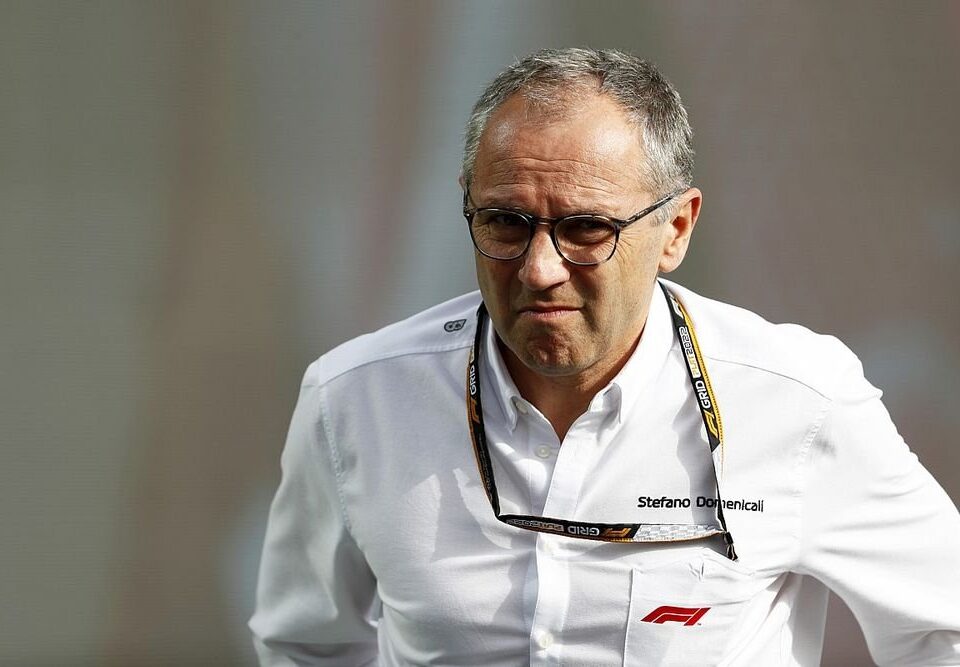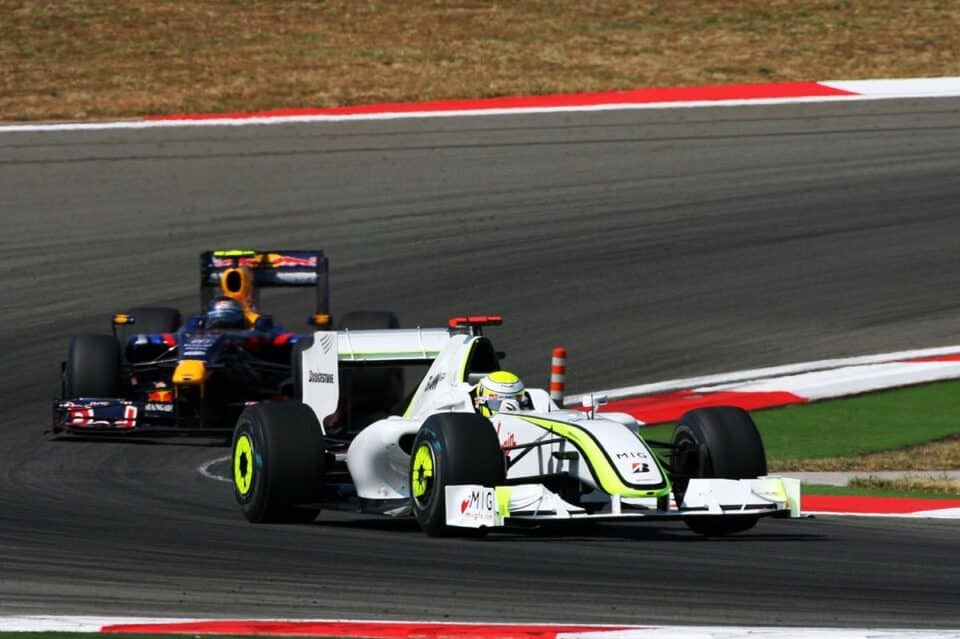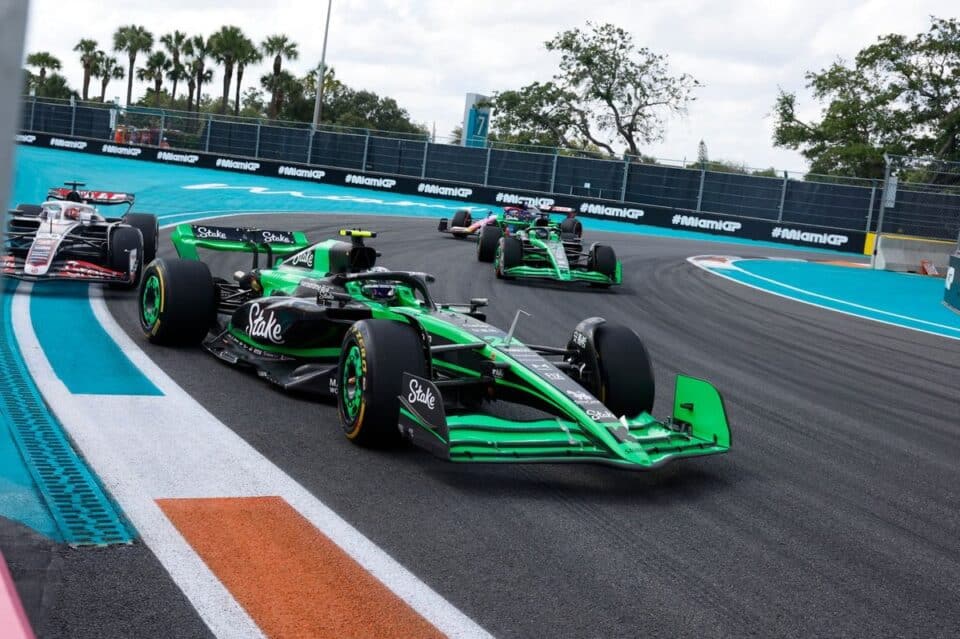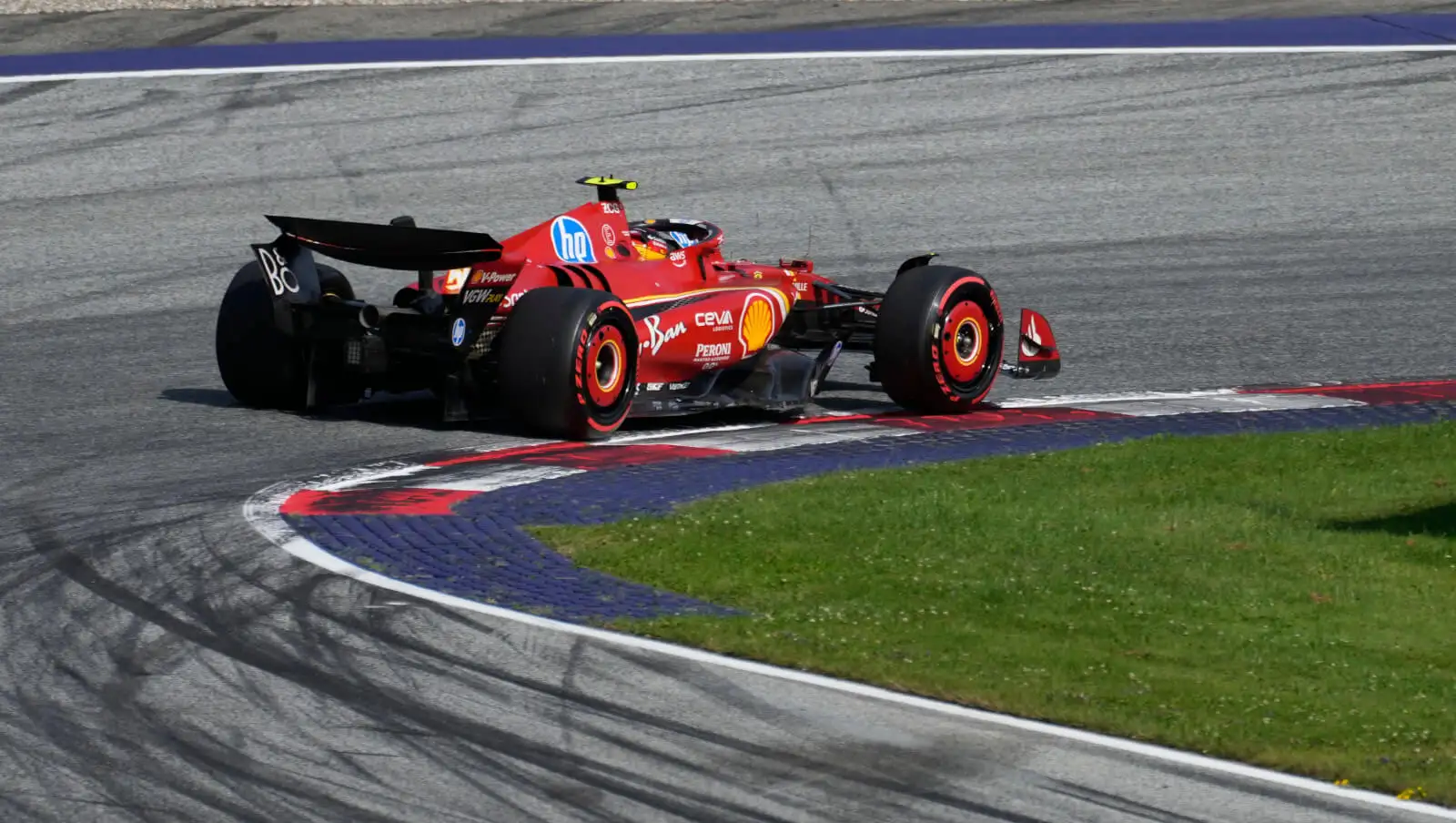Towards the end of the first decade of this millennium, the FIA set out to make Formula 1 more relevant to everyday cars, and that’s when hybrid engines were introduced. Mercedes eagerly took on the challenge, spending $1 billion in R&D to produce a dominant F1 power train. However, as battery-only road cars surged in popularity, the hybrid gamble didn’t quite pay off.
Ten years after the first review, the FIA decided more power unit manufacturers were needed due to Red Bull’s fallout with Renault. Christian Horner and others argued for a return to normally aspirated engines with biofuel, but Mercedes resisted. Consequently, the next generation of power trains will still rely on hybrid power.
Liberty Media is under scrutiny over the Andretti affair and faces an investigation for anti-competitive practices. But there’s hope for traditional car enthusiasts. Stefano Domenicali, the FOM boss, commented on the FIA’s 2026 regulation changes, suggesting a return to F1’s roots if synthetic fuels succeed. ‘F1 has always been seen as having the lightest and best cars, so if sustainable fuels are successful we could go back to a situation where the battery is not needed anymore,’ Domenicali said to CNBC.
The hybrid units first appeared in F1 in 2009 as add-ons to V8 engines, and the V6 turbo hybrid engines debuted in 2014. Now, a long-term deal with Saudi oil company Aramco aims to develop sustainable fuels. While many doubt the efficiency and affordability of e-fuels, Domenicali insists F1 is pushing forward on behalf of Aramco, which seeks an alternative to expensive EVs.
Currently, six engine manufacturers are on board for the 2026 rule changes, with Audi and Ford joining the ranks. GM is also showing interest through its Cadillac brand. Damon Hill, the 1996 F1 champion, hinted on Instagram that the new regulations might bring legendary designer Adrian Newey back to the sport. There’s speculation he might join Ferrari or even be courted by Mercedes with a lucrative offer.
Furthermore, the FIA aims to make the 2026 cars more ‘nimble.’ The wheelbase will be shortened from 3600mm to 3400mm, the car width reduced from 2000mm to 1900mm, and the floor width decreased by 150mm.
F1 is at a crossroads with hybrid engines and synthetic fuels potentially setting the stage for the sport’s future. Enthusiasts and stakeholders alike are watching closely as these developments unfold, hopeful for a return to lighter, more nimble cars that echo F1’s storied past.










